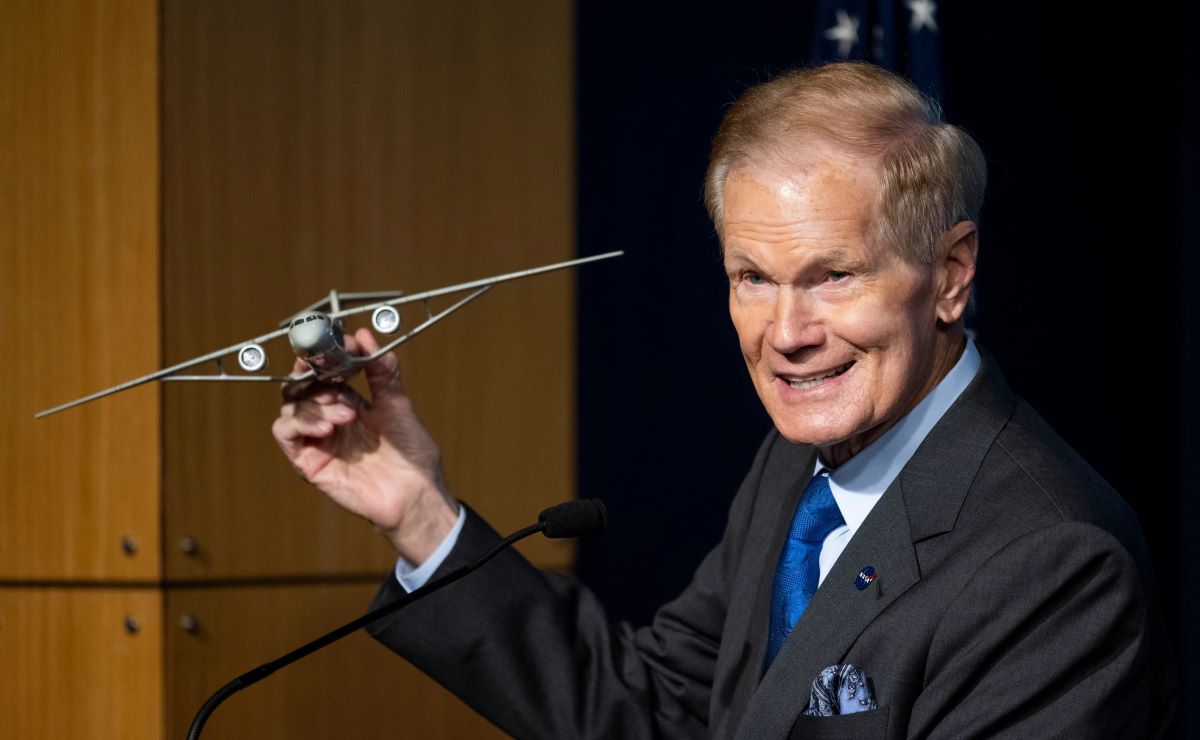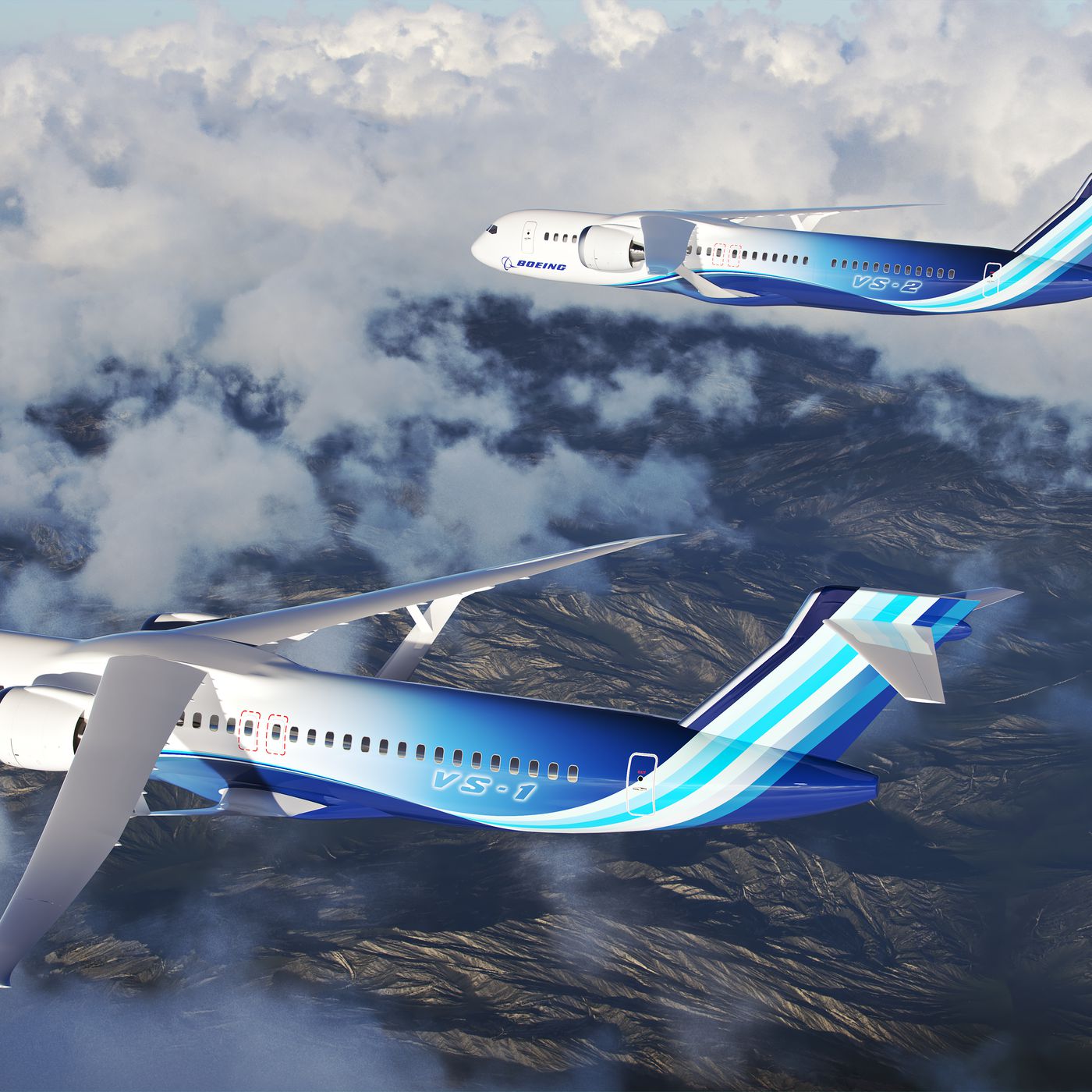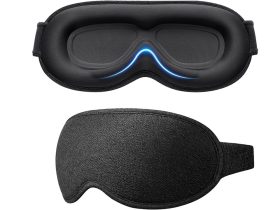NASA announced on Wednesday that it has awarded The Boeing Company a contract for the agency’s Sustainable Flight Demonstrator project, aiming to advance the development of a new generation of environmentally friendly single-aisle airliners.
Under a Funded Space Act Agreement, Boeing will collaborate with NASA to build, test, and fly a full-scale demonstrator aircraft. This partnership will focus on validating technologies designed to reduce emissions.
NASA will invest $425 million over the next seven years, with Boeing and its partners contributing the remaining funds, which are estimated to be around $725 million. In addition to financial support, NASA will provide technical expertise and access to its facilities.
“Since the beginning, NASA has been with you when you fly. NASA has dared to go farther, faster, higher. And in doing so, NASA has made aviation more sustainable and dependable. It is in our DNA,” said NASA Administrator Bill Nelson.
“It’s our goal that NASA’s partnership with Boeing to produce and test a full-scale demonstrator will help lead to future commercial airliners that are more fuel efficient, with benefits to the environment, the commercial aviation industry, and to passengers worldwide. If we are successful, we may see these technologies in planes that the public takes to the skies in the 2030s.”
Single-aisle aircraft, which are essential to many airline fleets, contribute nearly half of the global aviation emissions due to their frequent use.
NASA aims to complete testing for this project by the late 2020s so that the technologies and designs developed can guide the industry in creating the next generation of single-aisle aircraft, potentially entering service in the 2030s.
Through the Sustainable Flight Demonstrator project, Boeing and its industry team will work with NASA to develop and test a full-scale Transonic Truss-Braced Wing demonstrator aircraft.
The Transonic Truss-Braced Wing concept features an aircraft with long, thin wings supported by diagonal struts. This design improves fuel efficiency by reducing drag, thus leading to lower fuel consumption compared to traditional airliners.
“NASA is working toward an ambitious goal of developing game-changing technologies to reduce aviation energy use and emissions over the coming decades toward an aviation community goal of net-zero carbon emissions by 2050,” said Bob Pearce, NASA associate administrator for the Aeronautics Research Mission Directorate.

“The Transonic Truss-Braced Wing is the kind of transformative concept and investment we will need to meet those challenges and, critically, the technologies demonstrated in this project have a clear and viable path to informing the next generation of single-aisle aircraft, benefiting everyone that uses the air transportation system.”
NASA’s aim is that the technology demonstrated on the aircraft, combined with advancements in propulsion systems, materials, and systems architecture, could result in up to a 30% reduction in fuel consumption and emissions compared to today’s most efficient single-aisle aircraft, depending on the mission.
NASA has previously collaborated with Boeing and other industry partners on advanced sustainable aviation concepts, including the Transonic Truss-Braced Wing.
“We’re honored to continue our partnership with NASA and to demonstrate technology that significantly improves aerodynamic efficiency resulting in substantially lower fuel burn and emissions,” said Todd Citron, Boeing chief technology officer.
“Boeing has been advancing a multipronged sustainability strategy, including fleet renewal, operational efficiency, renewable energy, and advanced technologies to support the U.S. Aviation Climate Action Plan and meet the industry objective of net zero carbon emissions by 2050.
The Sustainable Flight Demonstrator builds on more than a decade of NASA, Boeing, and our industry partners’ investments to help achieve these objectives.”
The new Funded Space Act Agreement allows NASA to leverage private industry expertise and experience, with Boeing and its partners providing a proposed technical plan.
NASA will offer access to its aeronautics facilities and expertise but will not procure any aircraft or hardware. Instead, the agency will gain access to ground and flight data that will help validate the airframe configuration and related technologies.
The Sustainable Flight Demonstrator project supports the United States’ goal of achieving net-zero carbon emissions from aviation by 2050, aligning with the White House’s U.S. Aviation Climate Action Plan. The International Civil Aviation Organization also aims for net-zero carbon emissions by 2050.
This project falls under NASA’s Integrated Aviation Systems Program and is a crucial element of the Sustainable Flight National Partnership, which is focused on advancing sustainable aviation technologies.







Leave a Reply